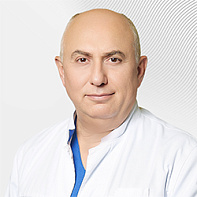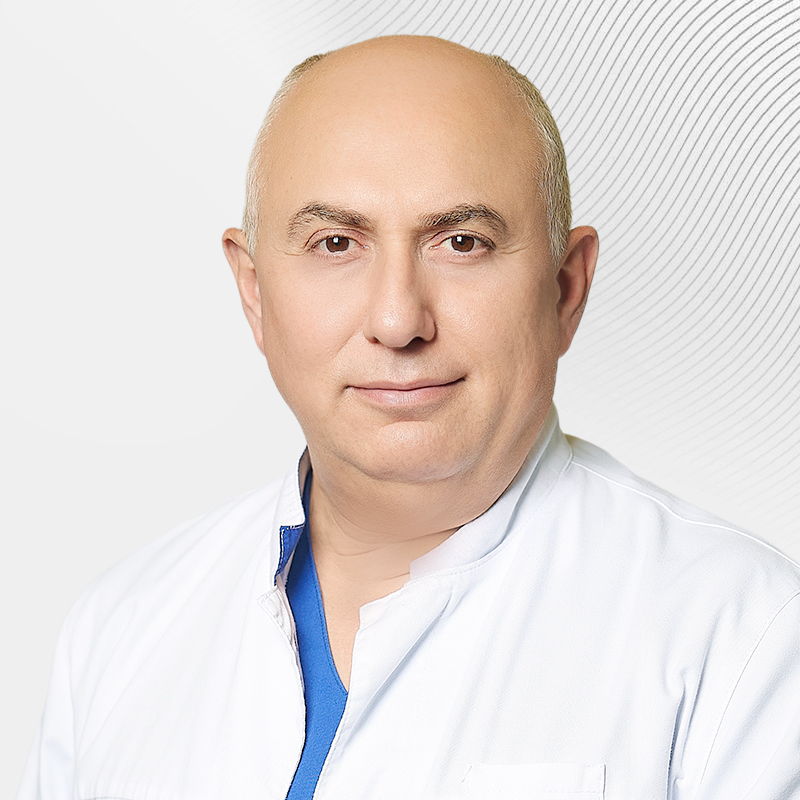Treatment of nearsightedness, farsightedness, astigmatism
Treatment
Peripheral Preventive Laser Coagulation (PPLC) is used to prevent the spread of retinal dystrophic changes. During the procedure, a special laser is used to "weld" the retina in weak spots and around the tears.
When the pathological growth of the eye is stopped and the prevention of complications is carried out, surgical correction of the disease becomes possible.
Laser vision correction
For a long time, glasses and contact lenses were the only way to solve the problem of poor eyesight. Today, modern technologies make it possible to cope with it with the help of laser vision correction. For the first time in the world, the LASIK procedure was performed in 1988. Since then, more than 17 million people around the world have regained their good eyesight.
This is an operation in which a laser beam is applied to one of the refractive media of the eye – the cornea. By changing its shape, the image begins to focus on the retina as it should. Changing the curvature of the cornea is achieved by laser resurfacing the cornea of the eye according to a specific pattern. Resurfacing removes anatomical defects, whether nearsightedness, farsightedness or astigmatism, creating a perfect cornea and, as a result, 100% vision.
Laser correction takes about 10-15 minutes for each eye, but the time of laser exposure to the eye usually lasts no more than one minute. The operation is performed under local anesthesia and is completely painless. Effective pain relief is achieved exclusively with the help of special eye drops. The recovery period takes one day, after which patients return to a full life. As a rule, visual acuity is almost completely restored the next morning after surgery, but vision will improve over the next few days.
The EMC Ophthalmology Clinic uses the latest generation VISX Star S4 IR excimer laser with Intralase technology, equipped with the Advanced CustomVue program. It allows you to achieve a postoperative visual acuity of more than 100% (the so-called "super vision"). Such high results are due to the presence of an eye-tracking system ("eye-tracking"), which ensures the precise operation of the laser beam according to a given algorithm even with the patient's eye movements, and new software that allows monitoring the treatment of the cornea with a laser beam at each individual point. The Wave Scan data processing system allows you to create a detailed eye map for accurate calculation of individual laser correction parameters.
Get help
Specify your contacts and we will contact you to clarify the details.
Doctors

Elias Raid
Head of the EMC Ophthalmology Clinic, Ph.D. of Medical Sciences
-

Dmitriy Arzhukhanov
Ph.D. of Medical Sciences
-

Alfiya Bedredinova
Doctor of the highest category
-
.jpg)
Natalya Shilova
Ph.D. of Medical Sciences
-

Anna Semitko
-
.jpg)
Sergey Ignatiev
Ph.D. of Medical Sciences
-

Vitaliy Ivanov
-

Natalia Boscha
-

Oksana Levkina
Doctor of the highest category, Ph.D. of Medical Sciences
-

Viktor Makarov
Doctor of the highest category, Ph.D. of Medical Sciences
-

Elmira Sultanova
Doctor of the highest category, Ph.D. of Medical Sciences
-
Elias Raid
Head of the EMC Ophthalmology Clinic, Ph.D. of Medical Sciences
- Performs vision correction surgery
- He graduated from the MNTC "Eye Microsurgery" named after S.N.Fedorov. He has interned in various foreign clinics
- He worked in foreign clinics: Moorfields Eye Hospital,Heidelberg University Hospital,Centre Hospitalier Universitaire de Bordeaux
Total experience
34 years
Experience in EMC
since 1996




